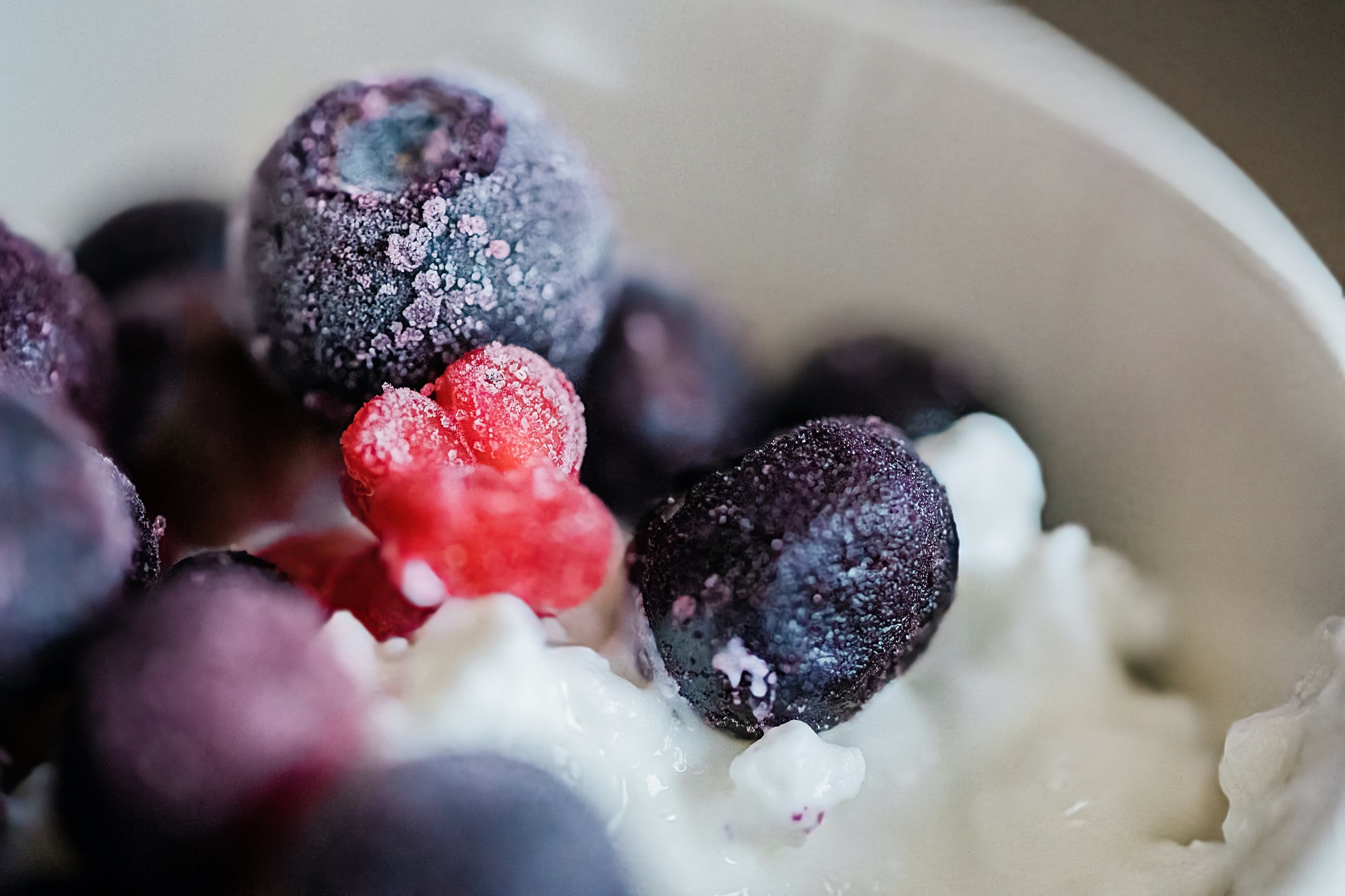
- 0 Comments
- Constantina Constantinou
Syperfoods vs Type 2 Diabetes
- The term “superfood” is a label for certain foods that are considered to be nutritionally dense and beneficial for health due to their high content of vitamins, minerals, antioxidants, and other nutrients. While there is no scientific or regulatory definition for the term “superfood,” these foods are often promoted as having exceptional health benefits and are typically rich in compounds believed to positively impact well-being.
- Superfoods can include a variety of fruits, vegetables, seeds, nuts, and other natural foods. Common examples often touted for their nutritional value include berries (such as blueberries and acai berries), leafy greens (like kale and spinach), fatty fish (such as salmon), nuts and seeds (like chia seeds and walnuts), and certain grains (such as quinoa).
- Type 2 diabetes mellitus (T2DM) affects over 537 million individuals globally. Research studies have explored the potential of integrating ‘superfoods’ into the diet of T2DM patients to investigate if they can contribute to lowering glycaemic levels. In their article Pires et al (2023) identified key ‘superfoods’ which are capable of reducing HbA1c. The ‘superfoods’ identified as having a potential impact on glycaemic control were foods with polyphenols (e.g., berries), fermented dairy products, whole cereals/grains, nuts and proteins.
Action Plan for Embracing Superfoods for Diabetes Management
- Diversify Your Plate: Explore the world of superfoods by incorporating a colorful array of fruits, vegetables, seeds, nuts, and grains into your daily meals. Variety is key to ensuring you get a broad spectrum of nutrients.
- Prioritize Polyphenols: Pay attention to foods rich in polyphenols, such as berries, known for their potential to positively impact glycaemic control. These vibrant and flavorful additions can be a delicious way to support your overall well-being.
- Discover the Power of Fermented Dairy: Consider integrating fermented dairy products, especially yoghurts enriched with vitamin D or probiotics, into your diet. Research suggests these can play a role in reducing HbA1c levels, contributing to better metabolic control.
- Whole Cereals and Grains Matter: Don’t forget about the goodness of whole cereals and grains. They bring not only fiber but also essential nutrients to the table, supporting your journey towards effective glycaemic control.
- Nourish with Nuts and Proteins: Embrace the benefits of nuts and proteins. Whether it is the crunch of walnuts or the power of chia seeds, these superfoods can be valuable additions to your diet, potentially aiding in the reduction of glycaemic levels.
Remember, while ‘superfoods’ can be a positive addition to your meals, it is essential to maintain a balanced diet, coupled with regular exercise, for overall health. Stay informed, make informed choices, and savor the goodness of nutritious superfoods!





